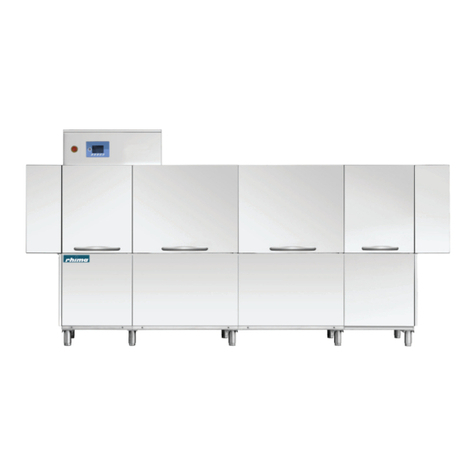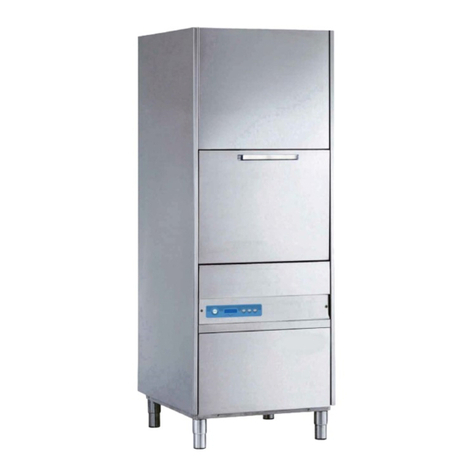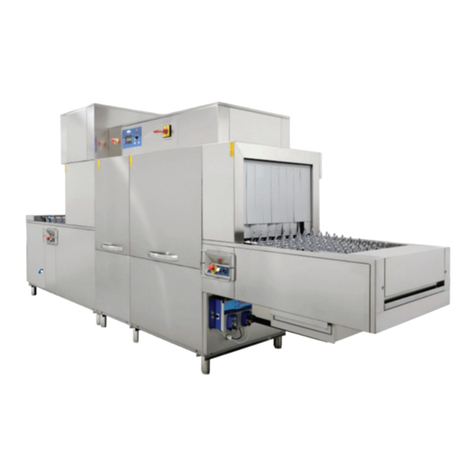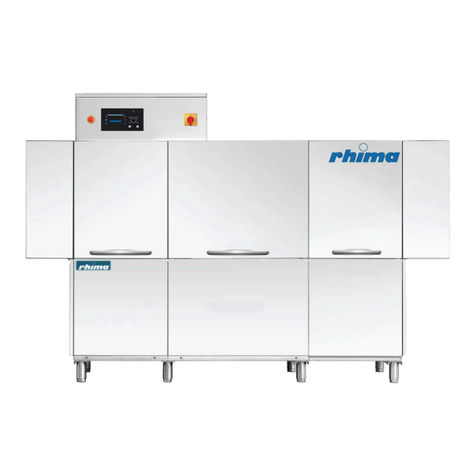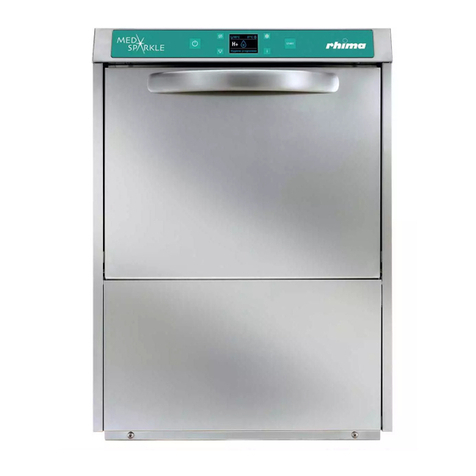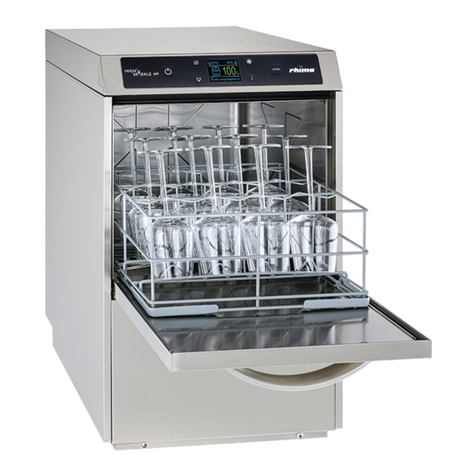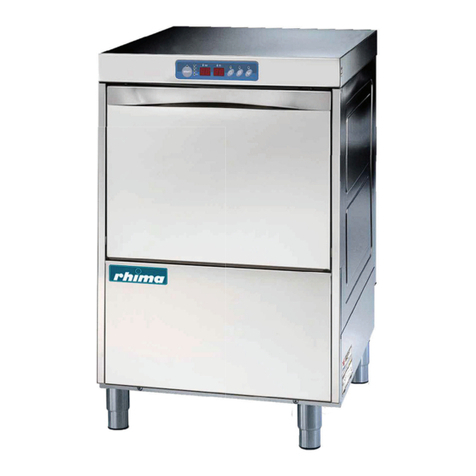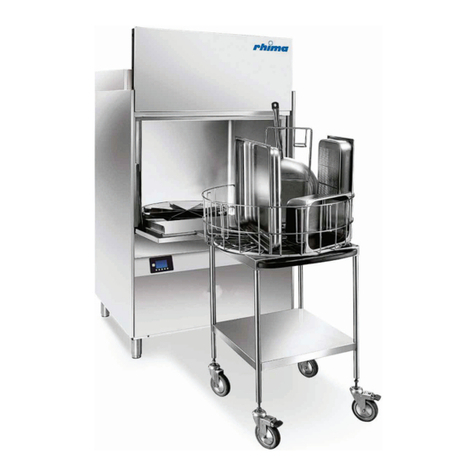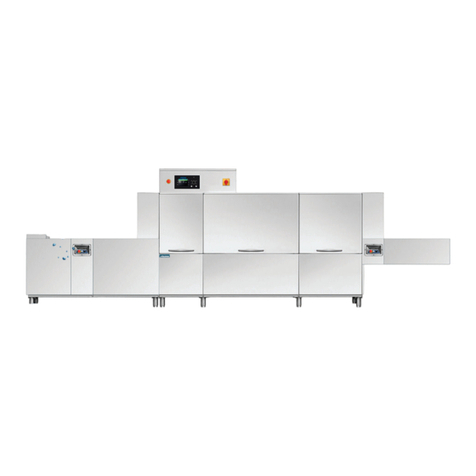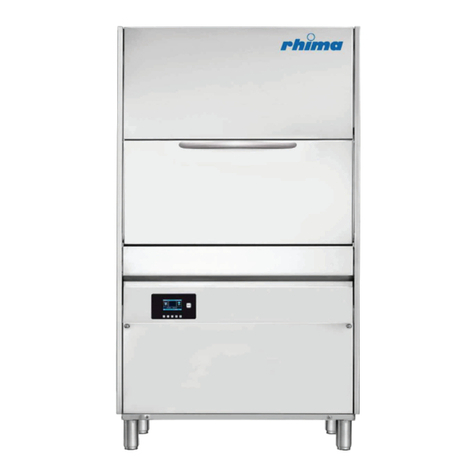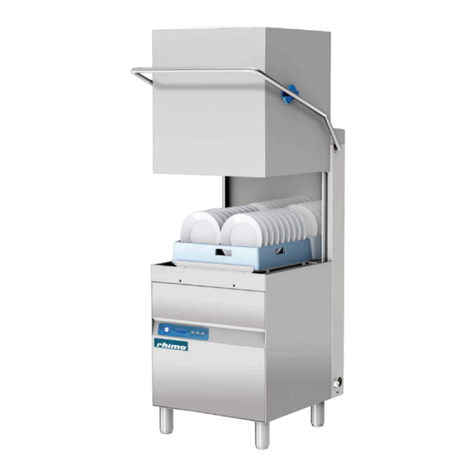
6$)(7<,16758&7,216$1':$51,1*6
When using an electrical appliance, basic precautions should always be followed including the
following:
OPERATOR TRAINING
The responsible body shall ensure that all personnel who operate or maintain our machine are
trained in its operation and in its safe use. Furthermore to organize regular training of all
personnel concerned with the operation and maintenance of the machine.
READ ALL INSTRUCTIONS BEFORE USING THE MACHINE
WARNINGS
The manufacturer cannot be held responsible for damage caused when the appliance is not used
according to the instructions, or for uses other than those for which it was intended.
This special commercial machine is suitable for the applications mentioned in the operating
instructions. Use only for purposes machine was designed. The manufacturer cannot be held
responsible for damage caused by improper use.
Do not allow children or unauthorised personnel access to the machine or its controls.
The process needs to be checked and documented by authorised persons regularly. See EN ISO
15883-1, -2, and IEC 61010-2-040.
The cycles must not be interrupted, as it would cause danger and affect the cleaning and
disinfection result. If interruption occurs, do not make an attempt to open door and start the
process again. In case the fault condition occurs repeatedly, please call for service. In cases of
emergency e.g. fire or flooding, cut off the services to the machine using the safety controls
provided externally to the unit. The machine is completely isolated from the electricity supply only
when it is unplugged or the circuit breaker is turned off. This must be done before any repair work
is carried out.
The machine is constructed in accordance with current safety requirements. Any repairs shall
only be carried out by an authorised and a suitably qualified and competent engineer.
The electrical safety of this machine can only be guaranteed if connected to an electrical system
complying with all relevant regulations and checked by the regulating authority. The manufacturer
cannot be held responsible for damage caused by incorrect wiring.
Installation must be done by suitably qualified and competent contractor. Before connecting the
machine, the Installer shall check that the voltage and frequency of the electrical supply
correspond with the details on the data plate of the machine.
Only genuine Franke parts or accessories shall be used with the DEKO 260 Washer Disinfector.
The performance and safety of non-genuine parts or accessories cannot be guaranteed, and use
of such parts or items may void the machine warranty. If you have specific questions about
machine options or accessories, please call your supplier.
The water in this machine must not be used as drinking water.
Only use detergents recommended by Franke. Do not use solvents in your machine due danger
of explosion.
4



